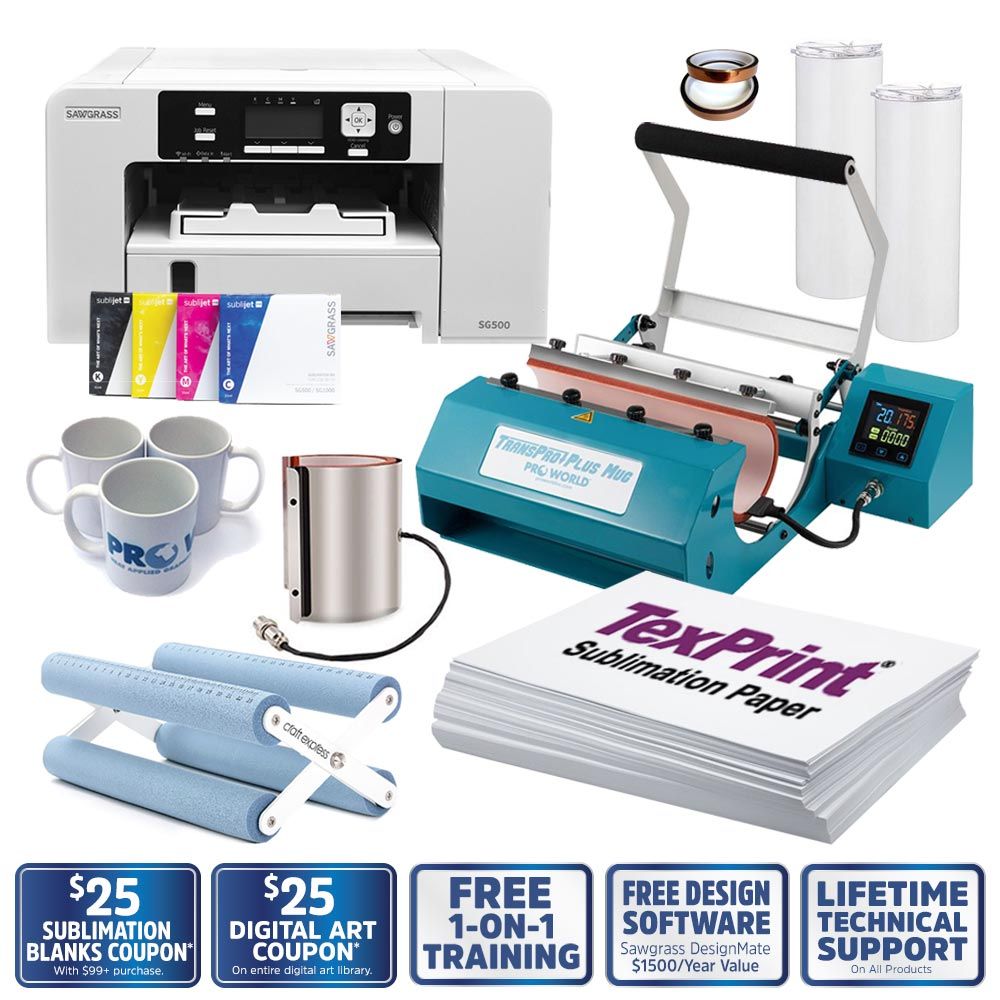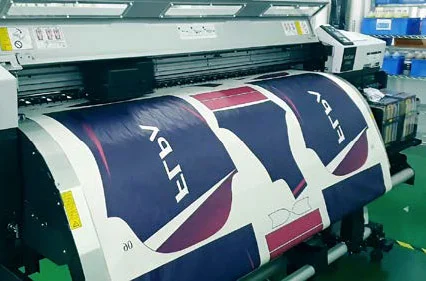How Screen Printing Changes the Branded Clothing Sector
How Screen Printing Changes the Branded Clothing Sector
Blog Article
From Conventional to Digital: Recognizing the Development of Cloth Printing
The improvement of towel printing from traditional methods like block printing and resist dyeing to contemporary techniques such as display and digital printing notes a considerable shift in the fabric market. Typical methods, steeped in artisanal craftsmanship and cultural importance, have progressively given means to electronic developments that supply unmatched accuracy, performance, and modification. This transition not only boosts production capabilities however likewise straightens with expanding needs for sustainable methods. Yet, how do these advancements influence the significance of cloth printing, and what might the future hold for this ever-evolving craft?
Standard Towel Printing Methods
In the early stages of textile production, typical cloth printing methods served as the foundation of fabric layout, offering both capability and imaginative expression. Block printing, one of the oldest techniques, included carving detailed layouts into wood blocks, which were then dipped in color and pushed onto textile.
Resist dyeing, including strategies like batik and tie-dye, utilized wax or various other materials to stop color from passing through particular locations of the fabric. This technique created striking contrasts and intricate styles, usually imbued with social value. Stenciling, an additional standard approach, included cutting patterns into a material and applying color through the openings, using a simpler yet reliable method to generate recurring styles.
These typical techniques not just formed the fabric industry's early advancement however also laid the foundation for future advancements. Each technique reflected the cultural and regional features of its origin, protecting and disseminating artisanal understanding through generations.
The Rise of Screen Printing
The introduction of screen printing in the early 20th century marked a significant separation from typical approaches, offering unmatched versatility and performance. Display printing made it possible for designers to produce detailed patterns and dynamic colors on textiles, which were previously challenging to accomplish with block printing or hand-painting methods.
One of the crucial benefits of display printing is its capability to replicate intricate designs on a huge scale with impressive integrity. This scalability made it immensely prominent in the commercial textile sector, where mass production without giving up top quality is vital. Additionally, screen printing suits a variety of inks and dyes, expanding the palette of structures and coatings available to developers.
Furthermore, the procedure is highly adaptable, suitable for different textile kinds consisting of cotton, silk, and synthetics. This adaptability, incorporated with its cost-efficiency for big runs, solidified display printing's role as a foundation of modern-day textile manufacturing. Hence, the increase of display printing reinvented the industry, pressing the boundaries of what was feasible in textile style.

The Development of Digital Printing
Structure on the exceptional developments brought by display printing, the fabric industry experienced an additional groundbreaking development with the development of digital printing. Arising in the late 20th century, electronic printing transformed the way designs are transferred onto textiles, offering extraordinary flexibility and efficiency. Unlike typical techniques, which usually required considerable arrangement and considerable hands-on treatment, digital printing employs computer-aided style (CAD) technology to produce intricate patterns directly onto the material with high accuracy.
This innovation has actually enabled textile producers to meet the expanding need for modification and on-demand production. By eliminating the requirement for plates and displays, digital printing reduces and lowers lead times material waste, making it a more sustainable option. The capability to print intricate pictures and a large range of shades in a solitary pass has actually opened up new creative Check Out Your URL methods for developers, fostering a surge in artistic expression within the sector.
Additionally, digital printing supports smaller sized set production runs, which is specifically advantageous for specific niche markets and startup style brand names. This technological jump has not only enhanced functional effectiveness however additionally democratized access to top notch fabric printing, establishing the stage for future innovations in material layout and production.
Comparing Methods: Standard Vs. Digital
While both digital and traditional printing methods have their own special benefits, they vary substantially in regards to process, performance, and ecological effect. Typical cloth printing, including strategies like block printing and screen printing, includes manual labor and intricate craftsmanship. These approaches are celebrated for their capacity to create abundant structures and vibrant colors, typically resulting in special, artisan-quality products. They are labor-intensive, lengthy, and typically restricted in terms of color selection and style intricacy.
In contrast, digital printing uses advanced innovation to transfer styles straight onto material making use of inkjet printers. Digital printing is considerably quicker, allowing for fast turnarounds and just-in-time manufacturing, which minimizes the need for large inventory storage.
From an environmental point of view, digital printing is generally a lot more sustainable. It makes use of less water and creates marginal waste compared to conventional approaches, which typically involve substantial cleaning and dyeing procedures. As a result, electronic printing is increasingly preferred in a period where environmental factors to consider are paramount.
Future Patterns in Towel Printing
One substantial fad is the enhanced application of electronic printing innovations. Digital textile printing is anticipated to dominate the market, driven by its performance and adaptability to consumer demands for customized and limited-edition items. Branded clothing.

In addition, the unification of smart fabrics, which incorporate digital components right into fabrics, is set to revolutionize the marketplace. These textiles can supply extra functionalities such as temperature law, health and wellness tracking, and interactive features. As modern technology continues click here for more to advancement, the junction of electronic printing and wise textiles will open up brand-new methods for creative and useful applications in cloth printing.
Conclusion
The advancement of fabric printing from conventional approaches to electronic innovations notes a significant change in the textile market. While traditional techniques highlight artisanal craftsmanship and cultural heritage, electronic printing supplies unparalleled precision, performance, and modification. This change not only boosts production capabilities yet additionally sustains sustainability efforts. Future fads are most likely to continue integrating innovative innovations, even more redefining fabric layout and production processes to fulfill contemporary demands and environmental considerations (sublimation printing).
The makeover of Click Here towel printing from standard methods like block printing and withstand coloring to modern methods such as display and digital printing marks a significant shift in the textile market. Screen printing made it possible for developers to produce detailed patterns and vivid colors on materials, which were previously testing to achieve with block printing or hand-painting methods.
Structure on the exceptional developments brought by display printing, the textile market experienced one more groundbreaking advancement with the arrival of digital printing. sublimation printing. Traditional fabric printing, including strategies like block printing and screen printing, involves hands-on labor and detailed workmanship. As technology continues to development, the intersection of electronic printing and smart textiles will certainly open new methods for creative and practical applications in cloth printing
Report this page